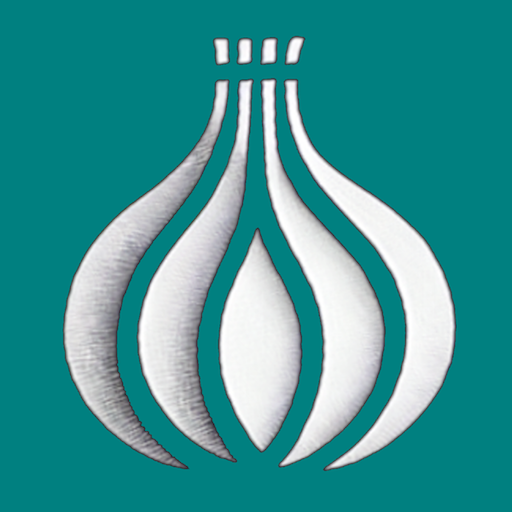Introduction
Internal linking is a critical component of a successful SEO strategy. By creating a well-structured internal linking system, you can boost your website’s authority, improve user experience, and enhance your search engine rankings. This article will guide you through the essentials of developing an effective internal linking strategy.
What is Internal Linking?
Internal links are hyperlinks that connect one page of your website to another. These links help search engines understand the structure of your site and establish a hierarchy of information. Additionally, they assist users in navigating through your content seamlessly.
Benefits of Internal Linking
- Improves SEO: Internal links distribute link equity (ranking power) across your site, helping lower-ranked pages gain visibility.
- Enhances User Experience: Well-placed internal links guide users to related content, increasing engagement and reducing bounce rates.
- Boosts Page Views: By linking to relevant articles or products, you encourage visitors to explore more of your site, increasing overall page views.
- Facilitates Indexing: Search engine bots use internal links to discover and index new content on your website efficiently.
How to Develop an Effective Internal Linking Strategy
- Use Descriptive Anchor Text: Ensure your anchor text (the clickable text) is descriptive and relevant to the linked content. Avoid generic phrases like “click here.”
- Link to Relevant Content: Only link to pages that provide additional value or context to the reader. Irrelevant links can confuse users and dilute your SEO efforts.
- Create a Logical Structure: Organize your content in a hierarchical manner, linking from high-authority pages to new or less-visited ones to distribute link equity effectively.
- Use a Reasonable Number of Links: Avoid overloading your pages with too many links, which can appear spammy and negatively impact user experience.
- Regularly Update Links: As you add new content, regularly review and update your internal links to ensure they are still relevant and functional.
Tools for Managing Internal Links
- Google Search Console: Provides insights into your website’s link structure and identifies potential issues.
- SEO Plugins: Tools like Yoast SEO can help you manage internal links within your content management system (CMS).
結語
An effective internal linking strategy is crucial for boosting your website’s authority and improving overall user experience. By strategically placing internal links, you can guide visitors through your content, increase page views, and enhance your SEO efforts. Start implementing these strategies today to see significant improvements in your website’s performance.



